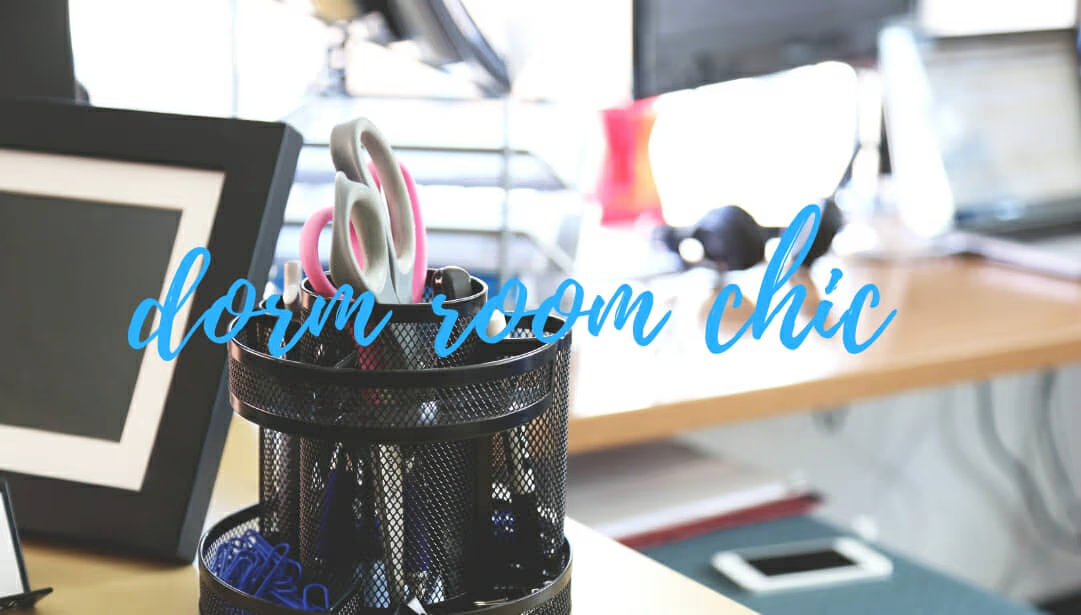When shopping for a new sofa, sectional, loveseat, or upholstered chair, it’s easy to focus on the fun stuff — the fabric, the color, the dimensions, or how well it fits your space. But there’s another seemingly small detail that can contribute just as much to the long-term comfort and satisfaction of your new upholstered seating – your seat cushion’s foam density. It’s not the fanciest feature, but cushion density can play a big role in how your furniture feels today – and how well it will hold up years from now.
Maybe all this is news to you. Or maybe you’re here looking for answers after hearing a salesperson drone on about 1.8 foam density, 2.0 foam density, or some other obscure specification in passing. Either way, by the end of today’s short article, you’ll know everything you need to know about cushion foam density – including what it is, how it’s measured, what is a good foam density for a sofa, the range of available foam density options for cushions, and ultimately, why you should care in the first place. Let’s get to it!
What Is Cushion Foam Density? How Is It Measured?

As we discussed in our article on cushion and pillow fills, the vast majority of seat cushions in upholstered furniture are built around a foam core. While some upholstery manufacturers will occasionally use viscoelastic foams like memory foam or gel memory foam, most foam cores in upholstery are made of poly-foam (i.e. polyurethane foam). Well, the foams used in these cushions have a density rating.
Essentially, a cushion’s density is a measurement that tells you how much material is packed into a certain space. In this case, polyurethane foam or poly-foam. This volume amount is measured in lbs per cubic foot, typically written as lbs/ft³. The overwhelming majority of foams used in upholstered seating fall somewhere in the density range of 1.5 to 2.5 lbs per cubic foot, but in our experience, the two most common densities found in seat cushions are 1.8 lbs/ft³ and 2.0 lbs/ft³.
Contrary to popular belief, a foam’s density isn’t exactly the same thing as a foam’s firmness, although these two things are closely related. Rather, foam density primarily tells you how durable the foam is likely to be over time. Here in the furniture and mattress industries, we call this characteristic "comfort life". In general, the higher a foam’s density, the longer its comfort life will be.
This means that in general, higher-density foams resist sagging and breakdown better, provide more consistent support, and last longer under regular use. By contrast, lower-density foams, while often less expensive, tend to soften faster and can develop permanent body impressions more quickly – especially in frequently used seats.
Overview: Upholstered Seating Foam Densities
Let’s take a quick look at typical foam density ranges for cushions and what they might mean for your sectional, sofa, couch, loveseat, or other upholstered seating:
1.5 to 1.7 Density Foam (Low-Density Foam)

This is considered low-density foam for furniture applications. Low-density foam like this will be far less durable and will show signs of wear fairly quickly than the other options below. While you will find some budget furniture featuring seat cushions with foam densities in the 1.5 to 1.7 lbs/ft³ range, even most manufacturers of entry-level upholstery opt for industry standard 1.8 density foam and choose to cut corners elsewhere.
1.8 Density Foam (Medium-Density Foam)
As far as seat cushions go, 1.8 density foam is the industry standard for home furniture because it sits right at the sweet spot of performance and value. In other words, it offers sofa shoppers decent support and durability for the cost. Here at Woodstock Furniture & Mattress Outlet, 1.8 density foam makes up the greatest share of the upholstered seating in our showrooms – including pieces ranging from entry-level, to mid-tier, to high-end.
2.0 to 2.5 Density Foam (High-Density Foam)
Foam cushions with 2.0 lbs/ft³ density and up are considered high-density foam for furniture applications and are built with performance in mind. Typically found in mid to high-end pieces or as an upgrade option, these foams will resist sagging and softening over time to a much greater degree. This makes them perfect for busy households, large families, and for furniture that will get a ton of regular use. Their improved support also makes them ideal for heavier users, seniors, or those with mobility issues who may find it harder to stand after sinking too deep into a sofa or chair.
Why Does Foam Density Matter?
At first sit, two sofas might feel very similar. But six months of daily use down the road, the difference becomes much more clear. Lower-density foam starts to soften, sag, or develop a permanent sit spot. Higher-density foam, on the other hand, retains its shape and support much longer – helping your sofa feel newer, longer.
The foam density you choose for your cushions matters especially if:
- You plan to keep your furniture for several years
- You use the same seat every day
- You plan on putting your new upholstery in a high-use area
- You have kids, pets, or other family members using the furniture regularly
- You or others in your household are on the heavier side, are seniors, or could otherwise use extra supportive cushions
In short: higher-density foam is an investment in comfort, support and longevity.
Recap: What Is a Good Foam Density for a Sofa or Other Upholstery?
Ultimately, as with many things, the best foam density for a sofa depends on what your specific needs are and which foam density option is the best fit for your home and your life. If your new piece is going in a formal living room or sitting room and will only see occasional use, or if you’re the type of person who seems to be redecorating and refurnishing every other year, a medium density foam may be the right fit. But if you’re hoping to maximize lifespan of your new upholstery, have kids or large pets, or if this piece will be sitting in a high-usage space, it may be worth it to upgrade to a higher-resiliency foam.
When shopping for upholstered furniture, don’t be afraid to ask about cushion specs. If the sofa you’re eyeing doesn’t list the foam density, your salesperson should be able to find out. A good starting point is 1.8 density foam, but if you’re looking for longer life, more support, or a slightly firmer seat, consider 2.0 or higher.
Also, try the sit test – not just for comfort, but to get a sense of how firm or soft the cushions feel and whether they provide the kind of support you want. While it might not be as exciting as picking the perfect upholstery fabric or scrolling through Pinterest for sofa styling ideas, understanding cushion foam density is a key piece of knowledge you should have when shopping for living room furniture.
At Woodstock Furniture & Mattress Outlet, we’re always here to help you dig beneath the surface (literally and figuratively) to find a sofa or sectional that not only looks great, but feels great for years to come. If you have questions about cushion fills, foam density, or what’s right for your family, give us a call, message us on our convenient live webchat, or come see us at our four Metro Atlanta and North Georgia furniture stores. See you there!







